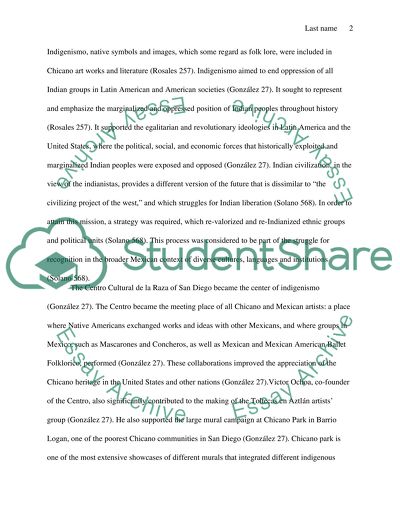Cite this document
(“The concept of Indigenismo (Indianism) Term Paper”, n.d.)
Retrieved de https://studentshare.org/visual-arts-film-studies/1396420-short-response-final-paper
Retrieved de https://studentshare.org/visual-arts-film-studies/1396420-short-response-final-paper
(The Concept of Indigenismo (Indianism) Term Paper)
https://studentshare.org/visual-arts-film-studies/1396420-short-response-final-paper.
https://studentshare.org/visual-arts-film-studies/1396420-short-response-final-paper.
“The Concept of Indigenismo (Indianism) Term Paper”, n.d. https://studentshare.org/visual-arts-film-studies/1396420-short-response-final-paper.


